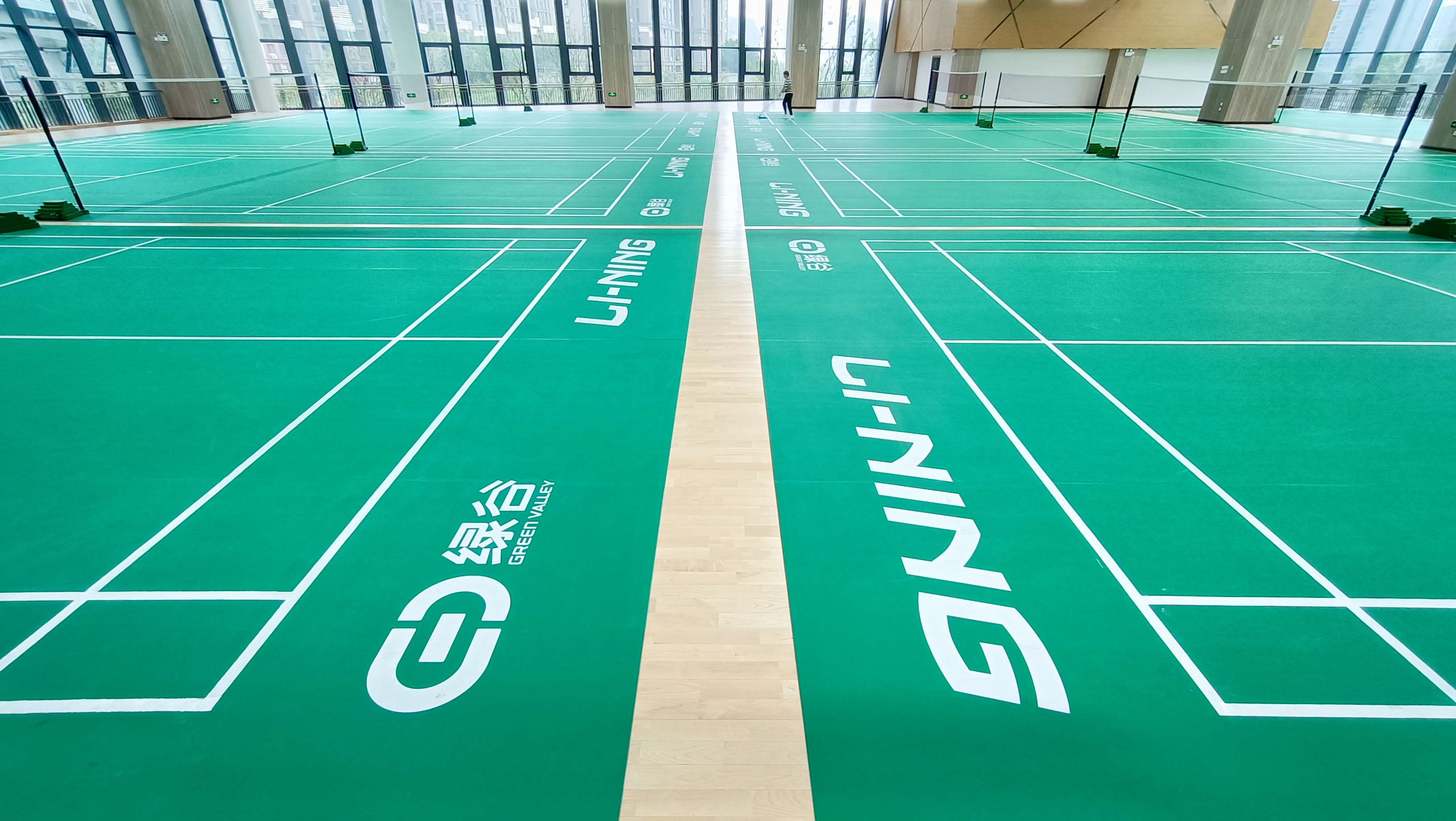Precautions for laying garden brick
Before laying the garden brick, mark the work area with paint, chalk or a guideline. Use a flat-bottomed shovel to remove surface weeds and dirt. Then ram the ground with a solid wooden hammer. To achieve good drainage effect, the road surface should be inclined in the direction away from the house foundation or other building foundations. Pour the stone on the rammed ground and level it with a rake and tamp it with a solid wooden hammer. Before tamping, it is best to sprinkle some water on the stone. Remember to let the road slope slightly to the outside. It is best to lay a layer of garden fiber paper on the foundation, which can stop weeds from growing and can also be used as a foundation for a layer of sand above.
Temporarily install the edge material, do not fix it. Then, try placing the bricks in the chosen pattern. In this way, the size of the laying area can be accurately measured, and unnecessary cutting during the formal laying of bricks can be reduced. For the edge material on the fixed side, if a wooden edge is used, a hole should be drilled in the middle of the wood, and then a metal rod should be inserted to fix it, or a wooden stake should be used to reinforce it from the outside. In order to make the bricks combined tightly and firmly, one side edge can be temporarily fixed, and then fixed after the floor tiles are laid.
If the construction surface is long and narrow, two pipes or wooden strips with a length of 2 meters and a diameter of 2 centimeters can be placed in parallel on both sides as the rails for the horizontal beams used to level the sand surface. For buildings with a wide area such as terraces, a pipe or wooden strip can be placed at intervals of about 10 cm.



